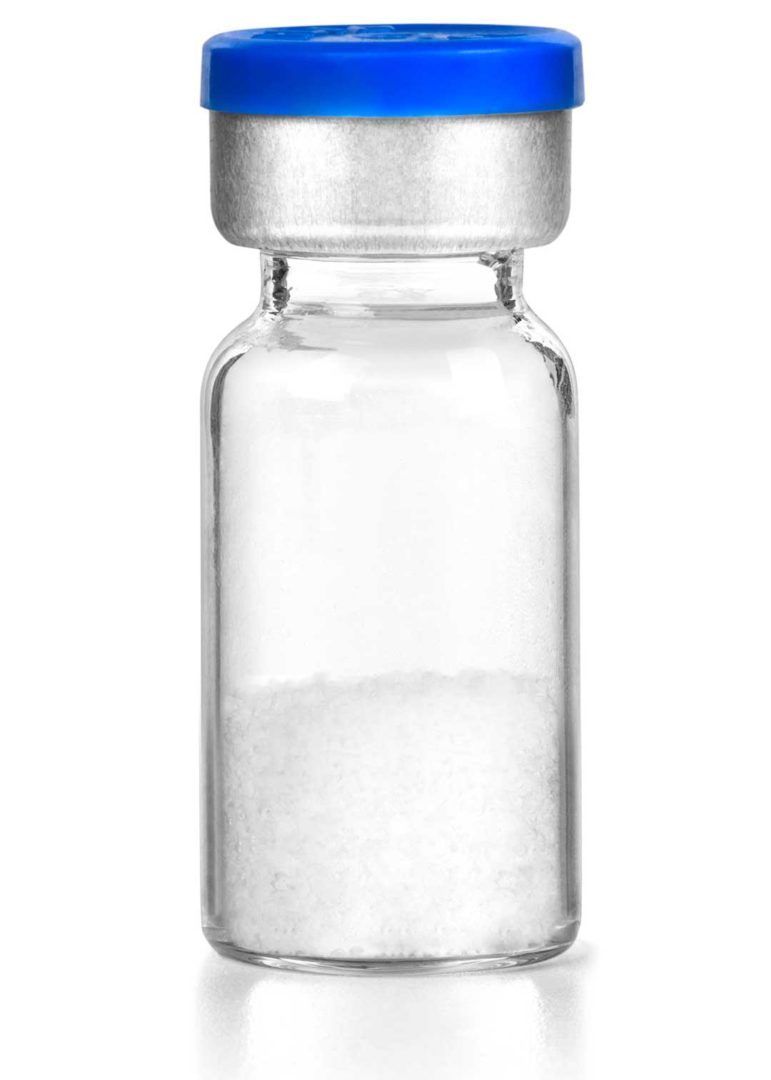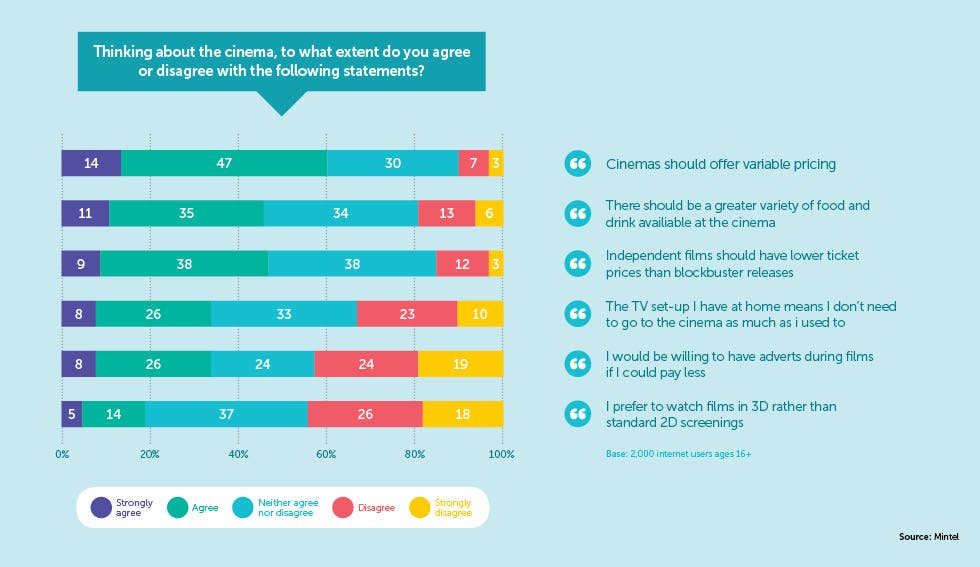Enhanced Automated Visual Inspection: Addressing Challenges In Lyophilized Vial Analysis

Table of Contents
Challenges of Manual Lyophilized Vial Inspection
Manual inspection of lyophilized vials presents several significant hurdles that impact both product quality and production efficiency.
Subjectivity and Variability
Human inspectors, despite their best efforts, can exhibit variability in their assessment of defects. This subjectivity stems from several factors:
- Variations in lighting: Inconsistent lighting conditions can affect the visibility of subtle defects.
- Inspector fatigue: Prolonged visual inspection can lead to reduced concentration and increased error rates.
- Lack of standardized criteria: Without clear, standardized guidelines, different inspectors may interpret defects differently.
These inconsistencies have far-reaching consequences:
- Increased risk of batch rejection: Inconsistent assessments may lead to unnecessary rejection of good batches.
- Potential for product recalls: Failure to detect critical defects can result in costly product recalls and reputational damage.
- Regulatory penalties: Non-compliance with quality control standards can result in significant fines and sanctions from regulatory bodies.
Bottleneck in Production
Manual visual inspection is inherently slow and labor-intensive, creating a major bottleneck in the lyophilization process:
- High labor costs: Employing a large team of inspectors for manual inspection represents a significant ongoing expense.
- Limited throughput: The speed of manual inspection significantly limits the number of vials that can be processed per unit of time.
- Longer time-to-market: Delays in inspection contribute to extended lead times and slower product release.
The increasing demand for lyophilized pharmaceuticals necessitates faster and more efficient inspection methods to maintain production capacity and meet market demands. Production delays translate directly into significant financial losses.
Difficulty in Detecting Subtle Defects
Many defects in lyophilized vials are subtle and challenging to detect with the naked eye:
- Microscopic cracks: Small cracks in the vial may not be visible without magnification.
- Small particulates: Microscopic particles within the vial can compromise product sterility and efficacy.
- Variations in cake appearance: Subtle variations in the lyophilized cake's appearance may indicate inconsistencies in the lyophilization process.
Missing these subtle defects during manual inspection compromises product quality and can pose a significant risk to patient safety, necessitating a more sensitive and reliable inspection method.
Benefits of Enhanced Automated Visual Inspection (EAVI)
Enhanced Automated Visual Inspection (EAVI) systems offer a compelling alternative to manual inspection, addressing the limitations discussed above.
Improved Accuracy and Consistency
EAVI systems employ advanced imaging techniques and sophisticated algorithms to detect defects with far greater accuracy and consistency than human inspectors:
- Objective assessment: Automated systems eliminate subjective interpretation, providing consistent results across all batches.
- Reduced human error: Automation minimizes the risk of human error, leading to more reliable defect detection.
- Improved detection rates for subtle defects: EAVI systems can detect microscopic cracks, small particulates, and subtle variations in cake appearance that may be missed during manual inspection.
This technology leverages advanced features such as:
- High-resolution imaging
- Advanced lighting techniques (e.g., polarized light)
- Sophisticated image analysis algorithms for automated defect classification
Increased Throughput and Efficiency
Automated inspection systems significantly increase the throughput of lyophilized vial inspection:
- Faster processing times: EAVI systems can inspect hundreds or even thousands of vials per hour, drastically reducing inspection time.
- Reduced labor costs: Automation minimizes the need for a large team of human inspectors, leading to significant cost savings.
- Improved time-to-market: Faster inspection allows for quicker batch release and a faster time-to-market for new products.
This increased throughput allows pharmaceutical manufacturers to scale production and meet growing market demand without compromising quality.
Enhanced Data Management and Traceability
EAVI systems generate comprehensive data logs, providing invaluable insights into defect trends and facilitating improved process control:
- Detailed reports: Automated systems generate detailed reports on the types, frequencies, and locations of defects.
- Enhanced traceability: Detailed data logs ensure complete traceability of each vial and batch, enhancing quality assurance and regulatory compliance.
- Data-driven decision-making: Analysis of EAVI data allows for proactive identification of potential process issues and continuous improvement of the lyophilization process.
This data-driven approach allows for proactive quality control and process optimization, minimizing the risk of future defects.
Choosing the Right EAVI System
Selecting the appropriate EAVI system requires careful consideration of several factors.
Consideration of Vial Types and Defect Criteria
The chosen system must be compatible with your specific vial types and capable of detecting the relevant defects:
- System flexibility: The system should be adaptable to different vial sizes, shapes, and materials.
- Customizable defect detection algorithms: The system should allow for customization of defect detection algorithms to meet specific needs.
Thorough validation and verification are crucial to ensure the system meets regulatory requirements.
Integration with Existing Manufacturing Systems
Seamless integration with existing manufacturing systems is essential for optimal efficiency:
- Compatibility with existing equipment and software: The system should be compatible with existing equipment and software platforms.
- Data exchange capabilities: The system should be able to seamlessly exchange data with other manufacturing systems.
- Ease of integration: The integration process should be straightforward and minimize disruption to existing workflows.
A well-integrated EAVI system streamlines operations and avoids data silos.
Return on Investment (ROI) Analysis
A thorough ROI analysis is crucial to evaluate the long-term cost savings and benefits of implementing an EAVI system:
- Cost of the system: Consider the initial investment cost of the EAVI system.
- Operational costs: Evaluate the ongoing operational costs, including maintenance, software updates, and potential training.
- Return on investment over time: Analyze the reduction in labor costs, improved product quality, and minimized risks to calculate the overall return on investment.
Implementing EAVI often results in a rapid payback period due to reduced labor costs, minimized product recalls, and increased throughput.
Conclusion
Enhanced Automated Visual Inspection (EAVI) represents a significant advancement in lyophilized vial analysis, overcoming the limitations of manual inspection. By enhancing accuracy, increasing efficiency, and improving data management, EAVI systems contribute to superior product quality, reduced costs, and greater regulatory compliance. Investing in an EAVI solution is a strategic step towards a more robust and efficient quality control process, ultimately leading to improved patient safety and stronger market competitiveness. Contact us today to learn more about how Enhanced Automated Visual Inspection can elevate your lyophilized vial analysis.

Featured Posts
-
 Thomas Muellers Framtid Intresse Fran Tva Klubbar
May 11, 2025
Thomas Muellers Framtid Intresse Fran Tva Klubbar
May 11, 2025 -
 Tracking Injuries Yankees Vs Brewers March 27 30
May 11, 2025
Tracking Injuries Yankees Vs Brewers March 27 30
May 11, 2025 -
 Cineplexs Q1 Financial Report Shows Impact Of Reduced Attendance
May 11, 2025
Cineplexs Q1 Financial Report Shows Impact Of Reduced Attendance
May 11, 2025 -
 Zuckerbergs Testimony Instagrams Fight For Relevance Against Tik Tok
May 11, 2025
Zuckerbergs Testimony Instagrams Fight For Relevance Against Tik Tok
May 11, 2025 -
 Virginia Giuffre Involved In Car Accident Claims Imminent Death
May 11, 2025
Virginia Giuffre Involved In Car Accident Claims Imminent Death
May 11, 2025
